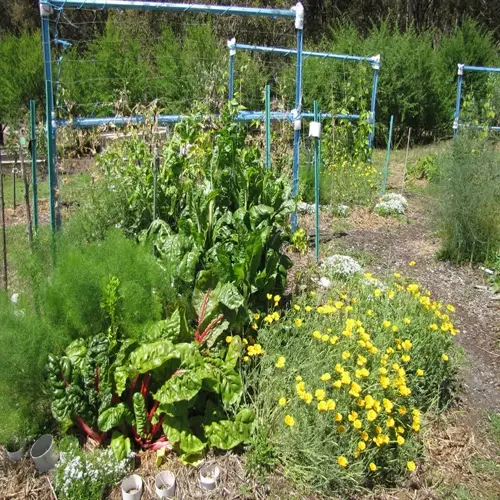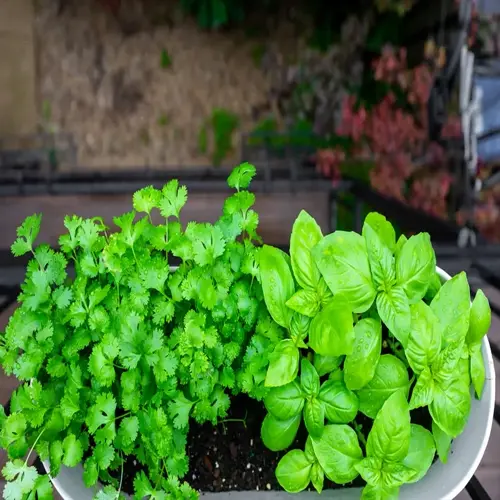How long until lemongrass roots develop?

Written by
Julia Anderson
Reviewed by
Prof. Charles Hartman, Ph.D.Lemongrass root development is predictable, influenced by environmental factors. Typical cuttings show visible root nubs in 7 to 14 days under favorable propagation conditions. My cuttings reliably show root nubs by day 10, provided they receive appropriate management. The full rooting required for transplanting typically takes 3 to 4 weeks of development.
Optimal Conditions
- Maintain water temperature between 70-80°F (21-27°C)
- Provide 6+ hours of bright indirect light daily
- Change water every 48 hours to prevent stagnation
Growth Milestones
- Day 3-7: White root nodules form at base
- Day 10-14: 1/4 inch roots become visible
- Day 21-28: 2-3 inch roots ready for transplant
Problem Indicators
- Brown tips signal insufficient water changes
- Mushy bases indicate bacterial contamination
- Slow growth suggests inadequate warmth or light
Success Boosters
- Add willow water for natural rooting hormones
- Use clear containers to monitor progress easily
- Maintain consistent humidity around cuttings
Seasonal fluctuations can significantly impact the speed of rooting. Summer propagation boosts rooting with natural heat and light. Winter times require supplemental heat mats under propagation jars. For my rates, I keep a consistent temperature of 75°F through the entire year with thermostat-controlled mats. This eliminates seasonal disturbances, providing a more predictable schedule.
Determining transplant readiness can be made visible with root features. A 2-3 inch root that has produced white lateral branches. Do not transplant them if the have thin root hairs only. My cuttings establish the best when the roots fill the jar and are visible. Prepare soil mixtures in advance for immediate planting.
To address slow development, go through the following troubleshooting steps systematically. If the water temperature is below 70°F, increase it slightly. Improve light quality by using grow lights. If the water becomes cloudy, replace it completely. I also keep extra stalks available for restarting cuttings that are still problematic. Most situations can be easily resolved with environmental adjustments.
Read the full article: How to Grow Lemongrass Successfully at Home

